The principles of ESG (Environmental, Social, and Governance) form the cornerstone of KIC's organizational philosophy and operational framework. These principles outline our commitment to sustainable business practices, social responsibility, and transparent governance.
We recognize that our responsibility extends beyond profitability; we have an obligation to contribute to a broad range of stakeholders, including the local community, employees, tenants, investors, and partners.
Our ENVIRONMENTAL Promise
Hybrid Electric Supply*
The HES* system mitigates CO2 emissions by harnessing affordable green energy from solar power to fulfill a portion of the facility's electricity requirements.
KIC engages directly with the PPA operator to implement the system, eliminating the expenses associated with installing a photovoltaic power generation system.
Throughout the installation phase, savings on electricity costs can be achieved, facilitating local energy production for local consumption.
* A system that provides a stable supply of cost-effective electric power even during power outages through the combined operation of solar power generation, storage batteries, and stationary power sources.
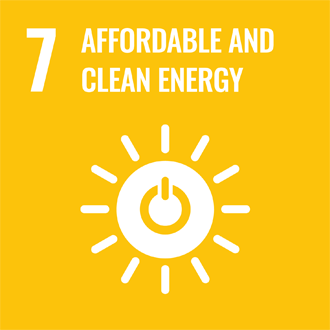



KIC AKIRUNO DISTRIBUTION CENTER
-
Renewable
Energy
Adoption of solar panels
-
Thermal Insulation
Effect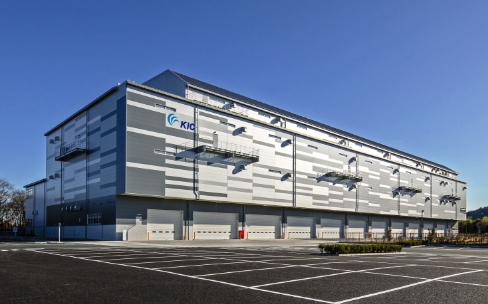
Use of sandwich panels
-
Environmental
Measures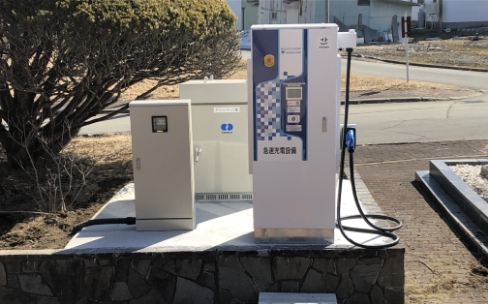
EV fast charging stations
-
Emergency Power
Supply
Energy storage systems
(for BCP measures)
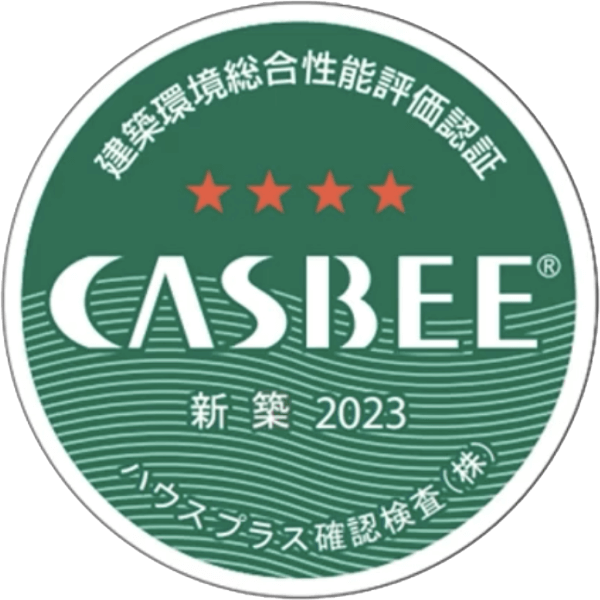
<Energy Saving LED Lighting>
LEDs Consume Less Power
LEDs use only about 20% of the electricity consumed by incandescent bulbs, 30% of that used by fluorescent bulbs, and 25% compared to mercury bulbs. This significant reduction in power consumption leads to substantial cost savings on electricity.
LEDs Have a Longer Lifetime
Unlike incandescent lamps, which typically last between 1,000 to 2,000 hours, fluorescent lamps lasting 6,000 to 12,000 hours, and mercury lamps lasting about 12,000 hours, LEDs boast an impressive lifespan of 40,000 to 60,000 hours. For instance, a 40,000-hour LED bulb used for 10 hours a day (3,000 hours annually) will continue to function for a remarkable 10 years. This longevity not only reduces the frequency of replacements but also minimizes the number of lights requiring disposal.
Moreover, replacing LED lights entails less labor, particularly in elevated areas, making it a more cost-effective solution overall.
<CASBEE Certification>
What is CASBEE?
CASBEE stands for Comprehensive Assessment System for Built Environment Efficiency.
CASBEE serves as a rigorous framework for assessing and rating the environmental performance of buildings. It employs a holistic evaluation approach that considers factors such as energy efficiency, the utilization of environmentally friendly materials and equipment, and the overall indoor environmental quality and landscape integrity (KIC Akiruno DC).


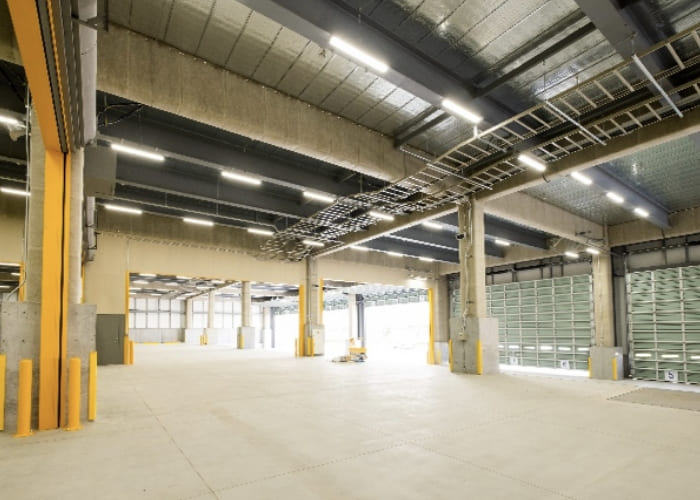
Our SOCIAL Promise

Promotion of Diversity
KIC is committed to fostering workplace diversity and actively supports the career advancement of women and foreign nationals. We champion gender equality and empowerment within our organization, ensuring fair treatment and non-discrimination for all employees.
Furthermore, KIC embraces a global outlook, with a diverse workforce that includes individuals born outside Japan. We employ individuals from various countries, integrating ideas from a global perspective into our organization.
34%
Female employees
8%
Foreigner employees
Our GOVERNANCE Promise
Governance Framework
To uphold legal compliance, ensure effective corporate management, and fulfill our mission, we have implemented the following systems aimed at continuously enhancing our governance framework.
-
Board of Directors
The Board of Directors oversees the decisionmaking process of management and supervises the execution of duties by the directors to ensure effective management oversight.
-
Board of Corporate Auditors
The Board of Corporate Auditors comprises three members, including two external auditors. It receives reports from the Board of Directors and conducts audits to oversee the directors' performance of their duties.
-
Committees
The Risk and Compliance Committee has been established. KIC Asset Management establishes The Investment Management Committee, the Investment Advisory Committee, the Operations Committee, and the Compliance Committee.
